National Chili Day is the fourth Thursday of February and there’s nothing better than enjoying a nice bowl of chili on a cold winter’s day.
If you decide to make your favorite chili recipe that includes meat, the vegetarian version, or the many other variations, make sure you use food safe procedures and your delicious chili is cooked to a safe internal temperature to prevent food illness.
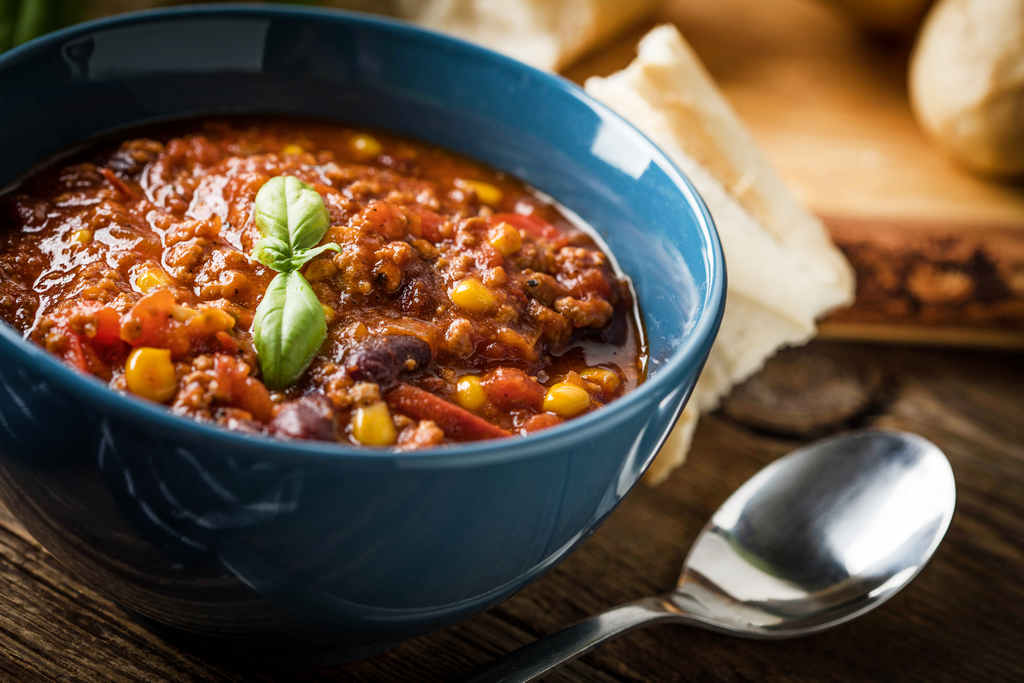 Image Source: Shutterstock
Image Source: Shutterstock Slow Cookers – Food Safety Procedures
Slow cookers are a favorite method to make chili. Slow cookers or ‘crockpots’ are convenient portable electric appliances that can make a great tasty meal. Slow-cookers allow flavors to meld while you use your time doing something else.
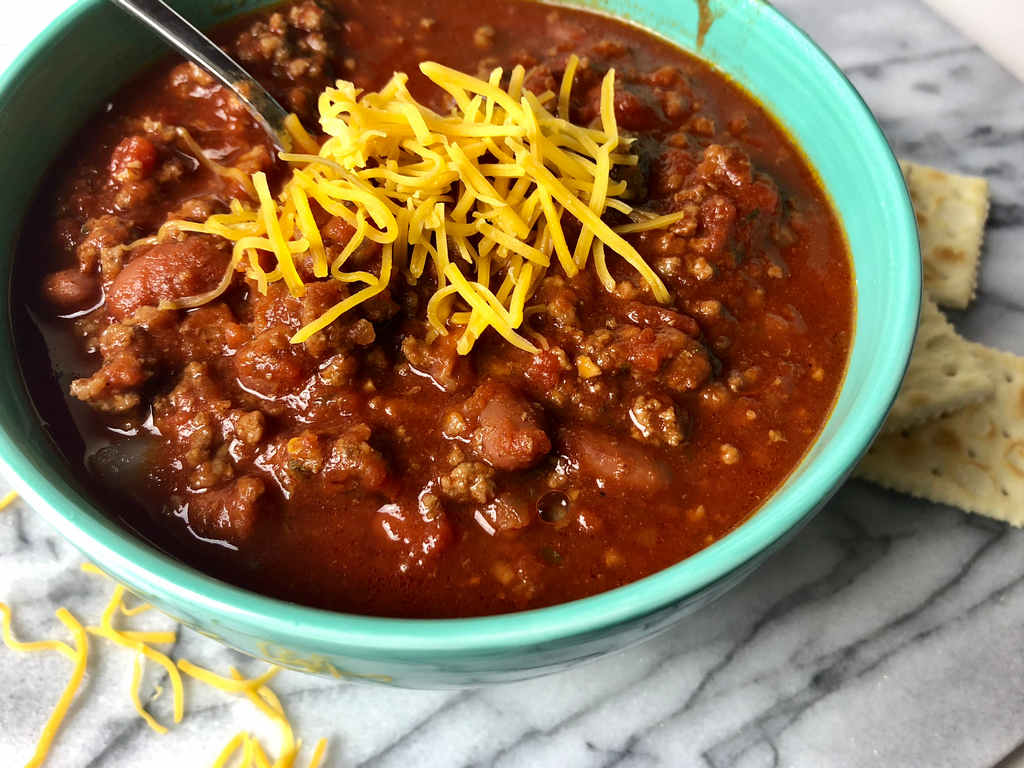 Image Source: Shutterstock
Image Source: Shutterstock A slow cooker is a safe way to cook food. A slow cooker cooks foods slowly at a low temperature, generally between 170° and 280° F, a range that’s well outside the food temperature danger zone. The combination of heat from the pot, the lengthy cooking and steam, destroys bacteria making the slow cooker a safe process for cooking foods.
But anytime you’re dealing with cooking temperatures over long time periods, food safety is a concern. Follow these simple slow-cooker safety guidelines will help keep you and your family safe.
- Learn about foodborne pathogens, cross contamination, cold and hot food safety, and best practices to prevent foodborne illness.
- Food Manager ANSI Certification: $99.00 - Valid in all States
- Food Handler Training: Only $7.00!
- 10% OFF: Enter Promo Code "train10off" at Checkout
Start Clean and Safe
- Cleanliness. Start with a clean cooker, clean utensils and a clean work area. Wash hands before and during food preparation.
- Avoid Cross Contamination. Keep perishable foods refrigerated until preparation time. If you cut up meat and vegetables in advance, store them separately in the refrigerator.
Safely Thaw Ingredients
- Always thaw meat or poultry before putting it into a slow cooker. If frozen pieces are used, they will not reach 140° quick enough and could possibly result in a foodborne illness.
Prepare for Safe Timing
- Vegetables. Vegetables cook slower than meat and poultry in a slow cooker so if using them, put the vegetables in first.
- Beans. Dried beans, especially kidney, contain a natural toxin. These toxins are easily destroyed by boiling temperatures. Soak beans for 12 hours, rinse, and then boil on the stove top for at least 10 minutes before adding the beans to a slow cooker.
- Make sure your foods fit. The slow cooker should be half to two-thirds full to ensure your food cooks thoroughly. Don’t overstuff it!
- Cut up your meat. Large chunks of meat may take too long to cook all the way through. Cut meat into smaller pieces before adding to the slow cooker.
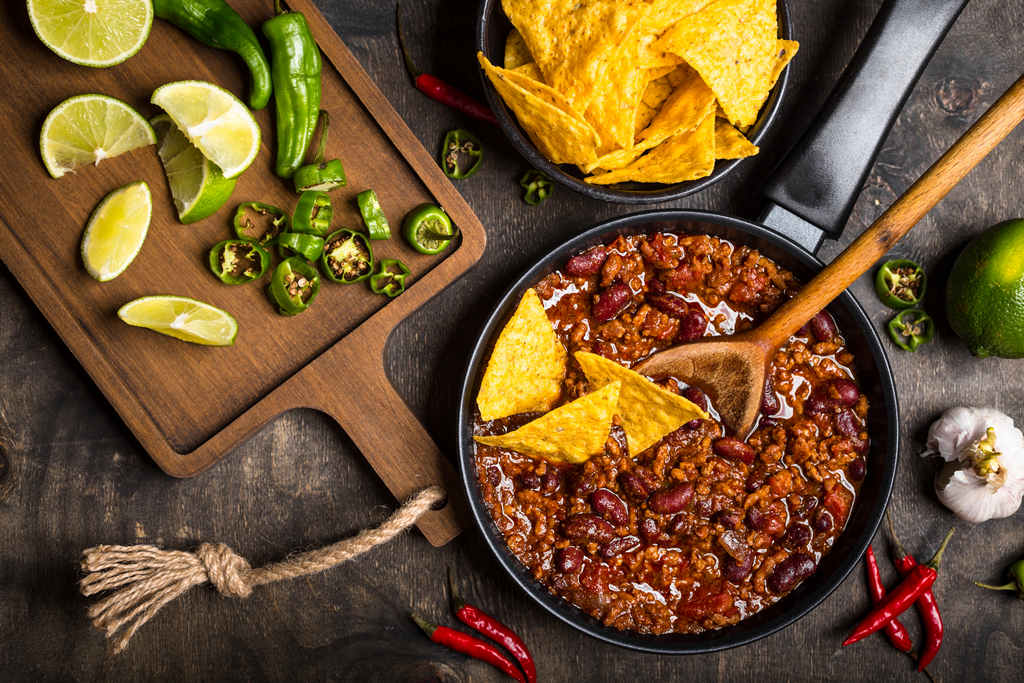 Image Source: Shutterstock
Image Source: Shutterstock Ensure Safe Cooking Temperature
- Preheating. Preheat the cooker and add hot liquids, if possible. Preheating the crock before adding ingredients or cooking on the highest setting for the first hour will ensure a rapid heat start and will shorten the time foods are in the temperature danger zone. This is highly recommended. when cooking meat or poultry in a slow cooker.
- Lifting Lid. Do not lift the lid or cover unnecessarily during the cooking cycle. Each time the lid is raised, the internal temperature drops 10 to 15 degrees and the cooking process is slowed by 30 minutes.
- Safe Temperature. Before taking a bite, check meat and poultry with a food thermometer to make sure it has reached a safe internal temperate to destroy bacteria.
- Roasts: 145°F to 160°F
- Poultry: 165°F
- Soups, stews, sauces: 165°F
Cooling, Safe Storing and Leftovers
- Cooling. Do not leave cooked food to cool down in the crock. Eat immediately or place leftovers in shallow containers and refrigerate.
- Reheating and Leftovers. Do not reheat food or leftovers in a slow cooker; instead reheat on stove top or microwave (165°F or above) and transfer to slow cooker to keep warm (140°F or above).
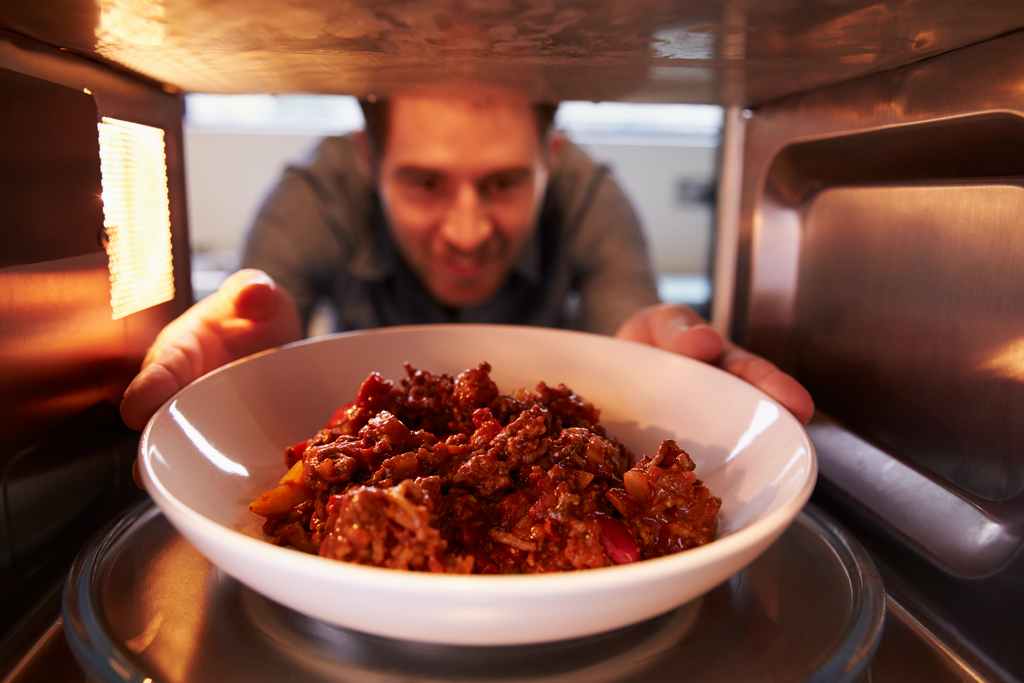 Image Source: Shutterstock
Image Source: Shutterstock Cooling Foods Properly
One of the leading causes of foodborne illness is the failure to properly cool foods. The food danger zone is that place between 41° and 140° F where pathogens grow most quickly. It can take a long time to get through the danger zone when cooling a large batch of chili, soup, or stew.
Food must cool from 140° to 70° F in 2 hours and from 70° to 40° F in no more than 4 hours.
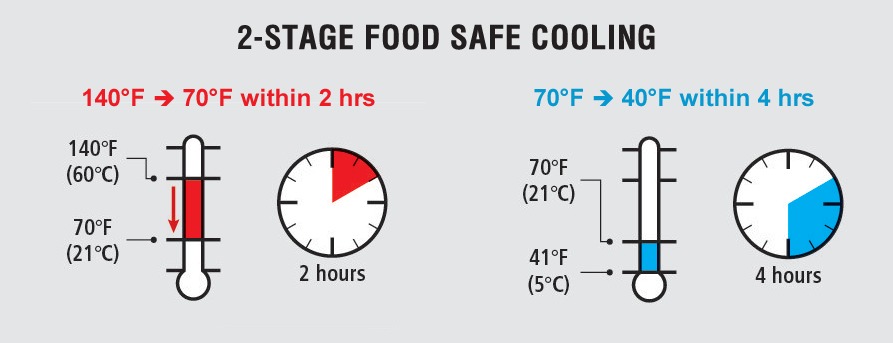
Rapidly Cooling Safely
Be proactive about cooling chili. When making a large batch of chili, plan ahead for the cooling method you plan to use. Begin your plan by having an accurate food thermometer to keep tabs on the temperature during the cooling process. Follow the following methods and procedures to safely cool your chili:
Use ice water bath – An ice water bath is effective for cooling hot chili. This method helps decrease the food temperature quickly and safely.
- Fill a large container or clean sink with ice and a small amount of water.
- Transfer chili to large container.
- Place the container of chili into the ice bath.
- Stir the chili to release heat and aid cooling.
Use shallow containers – The smaller the portions, the quicker the cool down.
- Don’t leave a large pot of chili on the counter to cool before placing in the fridge.
- Separate into smaller containers, no deeper than 3 inches.
- Stir occasionally to aid cooling.
After Chili is Cooled
Once the chili is cooled to 70° F, by using a rapidly cooling option, you can place the container of chili in the refrigerator. Place on the top shelf. Leave uncovered until cooled to 40° F.
Consume or freeze leftovers within 4 days of preparation.
 Image Source: Shutterstock
Image Source: Shutterstock 